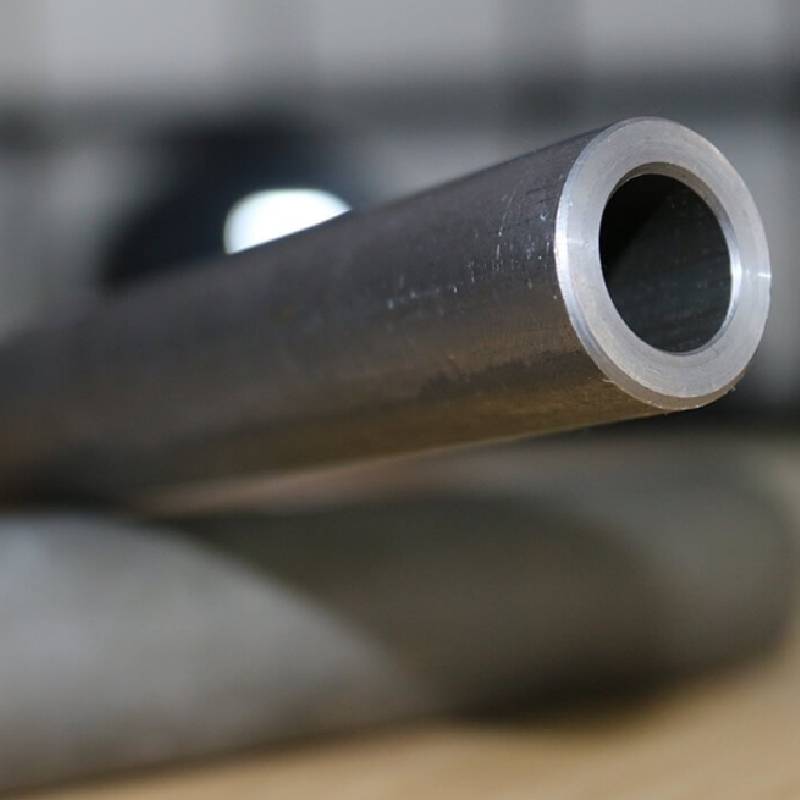-
Cangzhou Yulong Steel Co., Ltd.
-
Phone:
+86 13303177267 -
Email:
admin@ylsteelfittings.com
- English
- Arabic
- Italian
- Spanish
- Portuguese
- German
- kazakh
- Persian
- Greek
- French
- Russian
- Polish
- Thai
- Indonesian
- Vietnamese
- Zulu
- Korean
- Uzbek
- Hindi
- Serbian
- Malay
- Ukrainian
- Gujarati
- Haitian Creole
- hausa
- hawaiian
- Hebrew
- Miao
- Hungarian
- Icelandic
- igbo
- irish
- Japanese
- Javanese
- Kannada
- Khmer
- Rwandese
- Afrikaans
- Albanian
- Amharic
- Armenian
- Azerbaijani
- Basque
- Belarusian
- Bengali
- Bosnian
- Bulgarian
- Catalan
- Cebuano
- China
- China (Taiwan)
- Corsican
- Croatian
- Czech
- Danish
- Esperanto
- Estonian
- Finnish
- Frisian
- Galician
- Georgian
- Kurdish
- Kyrgyz
- Lao
- Latin
- Latvian
- Lithuanian
- Luxembourgish
- Macedonian
- Malgashi
- Malayalam
- Maltese
- Maori
- Marathi
- Mongolian
- Myanmar
- Nepali
- Norwegian
- Norwegian
- Occitan
- Pashto
- Dutch
- Punjabi
- Romanian
- Samoan
- Scottish Gaelic
- Sesotho
- Shona
- Sindhi
- Sinhala
- Slovak
- Slovenian
- Somali
- Sundanese
- Swahili
- Swedish
- Tagalog
- Tajik
- Tamil
- Tatar
- Telugu
- Turkish
- Turkmen
- Urdu
- Uighur
- Welsh
- Bantu
- Yiddish
- Yoruba

Oct . 06, 2024 21:14 Back to list
ansi ff flange
Understanding ANSI FF Flanges An Overview
ANSI FF flanges, or American National Standards Institute flat face flanges, are critical components used in various piping systems. Known for their simple design and robust functionality, these flanges play an essential role in ensuring the safe and efficient transport of fluids and gases in industries such as oil and gas, water treatment, and chemical processing.
Design and Specifications
ANSI FF flanges are characterized by their flat face, which allows for direct contact between the flange and the pipe or equipment it connects to. This design minimizes the risk of leakage, making FF flanges a popular choice for applications where leak prevention is paramount. The flat face enables the flange to form a tight seal when gaskets are utilized, ensuring that the system remains pressure-tight.
These flanges are manufactured according to ANSI standards, specifically ANSI B16.5, which outlines the specifications for flanges used in piping systems. The dimensions, pressure ratings, and materials for ANSI FF flanges are standardized, providing a level of assurance regarding their compatibility and performance. Common materials used for these flanges include carbon steel, stainless steel, and various alloys, allowing for versatility in applications.
Applications
ANSI FF flanges are commonly used in low-pressure systems or when connecting to equipment with a similar flat surface. They are often found in industries requiring process piping and are particularly beneficial in systems where the fluid or gas being transported is not under high pressure. This makes them suitable for applications like water distribution, HVAC systems, and food processing, where cleanliness and reliability are critical.
ansi ff flange

Moreover, ANSI FF flanges are favored in industries that require frequent disassembly. Since the flat face design allows for easy gasket replacement, these flanges are ideal for maintenance processes where routine inspections and repairs are necessary.
Advantages
One of the primary advantages of ANSI FF flanges is their ease of installation. The flat design simplifies the alignment and connection process, reducing the time and effort required during installation. Additionally, the flat face minimizes the potential for damage to the flange or connecting pipes when torqued to the specified levels.
Furthermore, ANSI FF flanges support a wide range of pressure ratings, offering flexibility for designers and engineers who need to customize systems based on specific requirements. Their standardization ensures that compatibility issues are minimized, facilitating seamless integration into existing piping systems.
Conclusion
In summary, ANSI FF flanges are a vital component in piping systems, providing reliable connections with minimal risk of leakage. Their flat face design, adherence to ANSI standards, and versatility in various applications make them a popular choice across multiple industries. Understanding the specifications, applications, and advantages of these flanges can help engineers and decision-makers select the right components for their systems, ultimately enhancing efficiency and safety in their operations. As industries continue to evolve, the role of ANSI FF flanges will remain integral to modern piping solutions.
Latest news
-
ANSI 150P SS304 SO FLANGE
NewsFeb.14,2025
-
ASTM A333GR6 STEEL PIPE
NewsJan.20,2025
-
ANSI B16.5 WELDING NECK FLANGE
NewsJan.15,2026
-
ANSI B16.5 SLIP-ON FLANGE
NewsApr.19,2024
-
SABS 1123 FLANGE
NewsJan.15,2025
-
DIN86044 PLATE FLANGE
NewsApr.19,2024
-
DIN2527 BLIND FLANGE
NewsApr.12,2024
-
JIS B2311 Butt-Welding Fittings LR/SR 45°/90° /180°Seamless/Weld
NewsApr.23,2024











